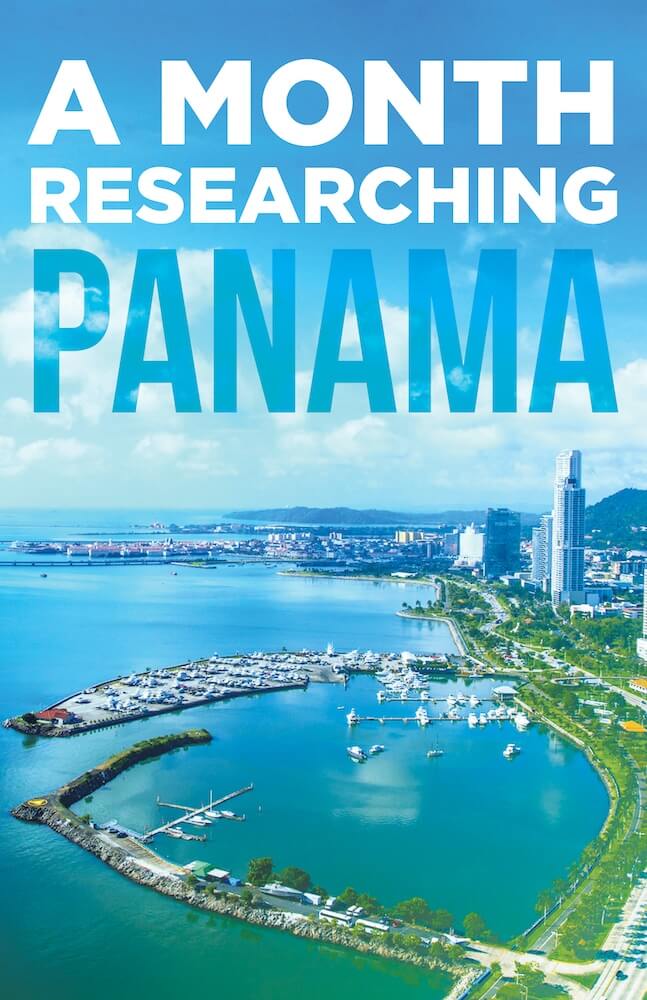It’s not often I discover a place expats are considering as a possible retirement location which makes me pause and take a closer look. I’m fully aware of the pros and cons of most every location being touted as a “top retirement destination” from Belize and Costa Rica to Portugal and Malta, but lately I’ve been hearing a lot about Colombia and in particular the city of Medellin.
At first I would just smile, because Colombia has long been known as the murder capital of the world, and I hate saying anything unpleasant about another location. I like to just point out the differences. But, there was also the 52 years of civil war including a great deal of gun running, not to mention the cash crop of marijuana that is everywhere. School children harvest the cro in the afternoons once their studies are finished.
World’s Largest Producer of Cocaine
Most alarming to me has always been the fact Colombia is the largest producer of cocaine in the world and 90% of the drug seized in the United States (US) comes directly from Colombia. According to the U.S. Bureau of International Narcotics and Law Enforcement, cocaine production increased 130% in Colombia from 2012 and 2016. It’s hard not to mention those facts while looking someone in the eye when they are considering something as big as relocation.
But, lately I have been inundated with articles and personal information about the “Medellin Miracle” which claims there has been a total turnaround for the country of Colombia and especially the city of Medellin. Supposedly the 52 years of war has come to an end. In November 2016, the Revolutionary Armed Forces of Colombia, or FARC, came to a peace agreement with the Columbian government and they have put down their guns. The previous revolutionist are now living in 26 camps scattered across the country before they are reintroduced to civilian life. Many are worried the peace agreement will not hold. If all you have ever done is fight and carry a gun, how easy will it be to start dropping by Starbucks for socialization? Not to mention the fact most FARC members have little or no education.
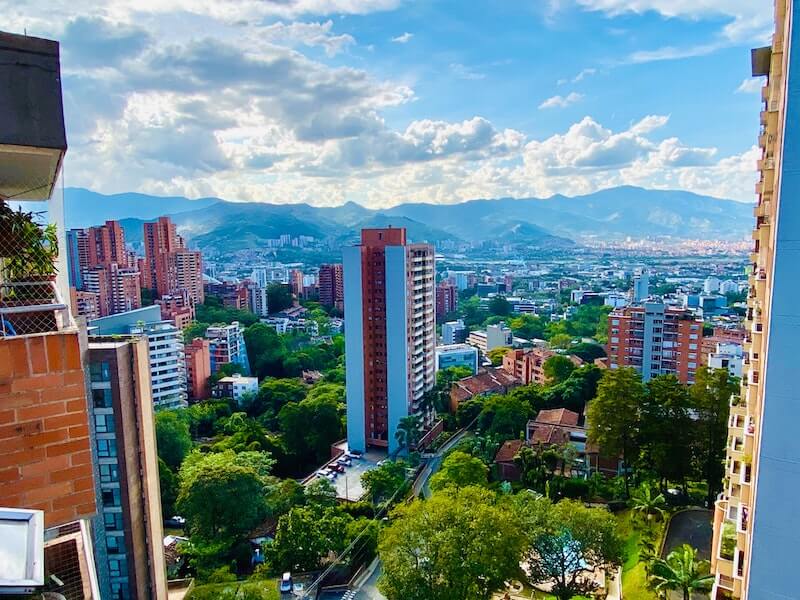
Spring Like Weather Every Day
Medellin is a city blessed with year-round spring-like weather, it is home to several universities and boasts more museums than many US or Canadian cities. The transportation system is clean, modern and inventive. One area, previously so gang-ridden people never left their homes, is now serviced by speculator outdoor escalators. To accommodate part of the city’s location, halfway up a mountain, gondolas are used as inexpensive public transportation. A ride to work provides some commuters with breathtaking views of the valley below.
Colombia, along with Panama, has coast along both the Pacific Ocean and the Caribbean Sea. The city of Medellin is about a two hour drive from the beach, but there are other small beach communities dotted along the coast if one is seeking absolute beach-front living. These towns, such as Playa Blanca and Tagnaga, offer something between being totally overcrowded (especially in high season) to almost deserted.
Landlocked And Two Hours From The Beach
Like Panama, Colombia has small islands off the coast providing visitors and residents with a perfect get-away. In all, there are 1,020 miles of Caribbean coastline and 1,360 miles of Pacific coastlines in Colombia.
While Medellin is landlocked, Panama City is located directly on the water. Panama City beaches are not swimmable unless you go about 15 minutes outside the city and over The Bridge of the Americas, which during rush hour can be daunting. Once over the bridge, there are a couple of high-end resorts sitting on a public beach. Not only is it swimmable, it also offers breathtaking views of the Panama Canal.
Other than that, about 50 minutes from the city provides Panamanians with the option of absolute beach-front living in Nueva Gorgona and Coronado, which are a couple of well-developed but not over-crowded beach communities.
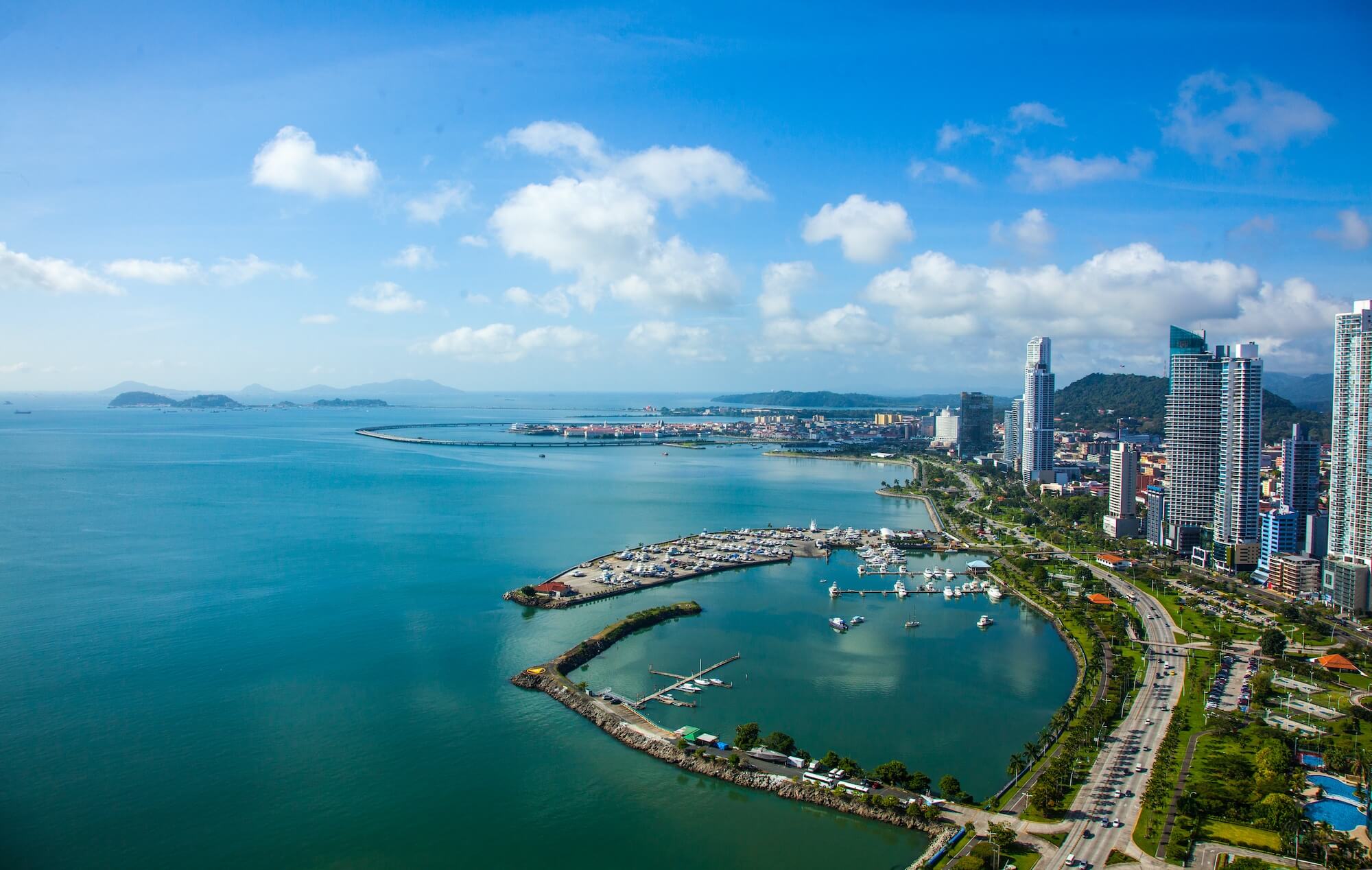
Colombia’s English—Not So Much!
An important aspect of comparing Colombia and Panama is the fact you can function very well in Panama without speaking Spanish, but you cannot in Colombia. Panama is poised to produce a generation of intermediate speakers as the government instituted an ambitious plan to require English to be taught in all schools.
Medellin is less expensive than Panama, but not by much. You can rent a two-bedroom condominium in the heart of the city for about $1,200 a month and that will come with a doorman and a stunning infinity pool. You can also rent a perfectly acceptable two-bedroom apartment for $500 a month. In Panama, there are still good deals to be had, but with an influx of multinational businesses locating in Panama City and bringing executives with them, the rent has continued to rise. It all depends on location, though– most parts of Panama are going to be more affordable than comparable communities in the United States.
Inexpensive High Speed Internet and Groceries
In the cities, and to a lesser extent in the rural areas of Colombia, internet is high-speed and inexpensive. Groceries are very much the same as in Panama offering both large, well-stocked supermarkets and farmers who sell vegetables and fruit on the side of the road. Fresh fish is abundant, inexpensive and high quality. Both countries have specialty markets offering everything from beef, lamb and pork, along with organic products.
Healthcare is also good in Colombia as it is in Panama. However, Panama has a much larger and well-integrated healthcare delivery system for most of its residents where Colombia provides healthcare mostly in or near urban centers.
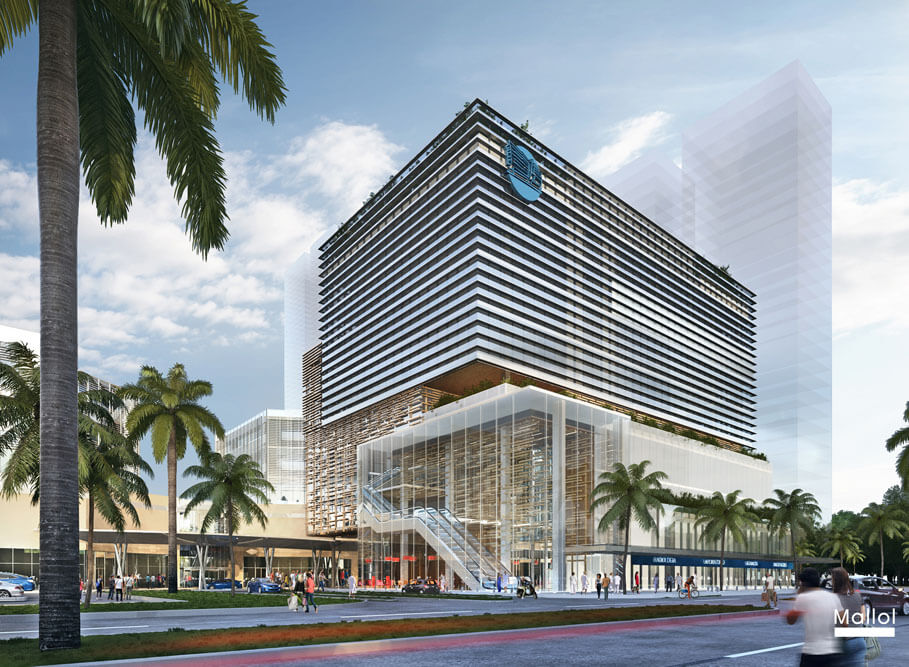
What about Healthcare?
Colombia’s healthcare is not as advanced as Panama’s. For example, the major healthcare providers in Colombia such as Pablo Tobon Uribe Hospital, are waiting to be accredited by Joint Commission International. Joint Commission measures the commitment, level of care and safety of care provided by individual hospitals. Hospitals in Panama, such as Hospital Punta Pacifica, affiliated with Johns Hopkins Medicine in Baltimore has been accredited by Joint Commission since 2011.
Both countries have the option of purchasing health insurance at a reasonable price and approximately 75% less expensive than found in the United States. Prescription drugs are inexpensive and in many cases do not require a doctor’s authorization. Doctors are more plentiful in Panama, in part because Panama’s population is much smaller than Colombia’s. Colombia has about 47 million citizens, where Panama’s population was 4.1 million in 2016.
I think many North Americans and Europeans would be surprised at the beautiful skyscrapers in both Panama City and Medellin. The cities are well developed with constantly working electricity and smooth roadways. There are high end shops and cutting edge restaurants. For residents who used to hop a plane to Miami for shopping, now flock to both Panama City and Medellin although Panama City tends to have more options.
Introducing Molecular Gastronomy
In Medellin you can find lunch for $2 or a 20 course tasting menu at a restaurant called El Cielo, which is guided by a chef with experience cooking at what has been widely touted as the best restaurant in the world, El Bulli in Spain. That chef is a native of Medellin who has returned home and now has restaurants in Bogota and Miami in addition to Medellin. It is hard to quote a price for what averages as a four-hour dining experience in El Cielo because of the fluctuating Introducing Molecular Gastronomy
Juan Manuel Barrientos, isn’t just firing up gourmet meals in his three restaurants, he’s introducing molecular gastronomy foods to Colombia and on the side he has created a project which loosely translates to “In El Cielo, We Are Cooking Up Peace in Colombia”. In addition to bringing his food to areas of major conflict he also trains former guerrilla fighters as sous chefs and for other functions in food service. Everyone in Colombia wants peace.
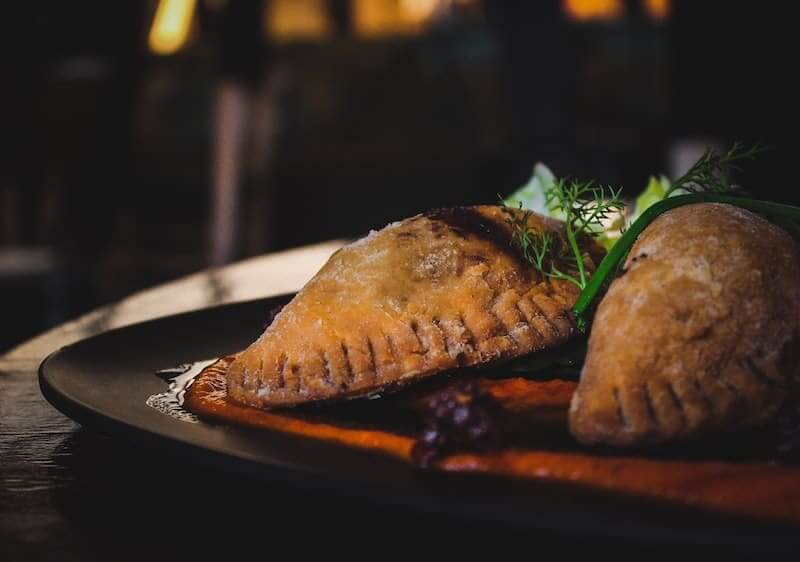
Clean Water Needed
Clean water is a problem for Colombia. Only in parts of Bogota is the water clean enough to drink. Other parts of the country has water, including in Medellin, that is acceptable to bath in, but not drink without boiling. In much of the country clean water is not available other than bottled which can be difficult to find.
Malaria affects 85% of the Colombian population mainly along the Pacific coast. Yellow fever and dengue are also common and AIDS is the fifth leading cause of death among Colombians of working age. Fortunately, while Panama has some concern about tropical diseases, nothing on the level of their southern neighbor. Panama’s water is some of the cleanest in the world with superior filtration systems throughout the country. Panamanians do not need to worry about drinking or bathing water.
Corruption Still Practiced
Colombia has always been heralded as having a democracy, but it would be impossible for one not to question whether that democracy is valid. Colombia’s government is layered with corruption. For example, on June 26, 2017, Colombia’s top anti-corruption prosecutor, Luis Gustavo Moreno Rivera, was arrested in Miami for taking a $132,000 bribe to discredit a witness and tie up prosecutors.
The fact that Panama’s ex-President, Ricardo Martinelli, was arrested recently in Miami indicates corruption is in the past for Panama.
Panama is not a stranger to similar activities but that appears to be in the past. The freely elected President of Panama, Juan Carlos Varela, by all accounts has led a crime-free life since being elected in 2014. Of course the previous President of Panama, Ricardo Martinelli was arrested in Miami by US Marshals on June 12, 2017 and now faces extradition to Panama, charged with extorting $45 million from the people of Panama. He is currently detained at the Federal Detention Center in Miami, but just the fact he has been arrested, indicates great progress on the part of the Panamanian government.
USD vs. Colombian Peso
The Panamanian currency is the US dollar and it remains stable while there is volatility with the Colombian peso. There can be sizable swings for the peso. In the past year alone, the peso has reduced in value 20.7% according to The World Bank. You can look at that in two ways: everything from eating out to renting an apartment is less expensive when your base currency is the USD Canadian dollar or the Euro or if you have purchased property in Colombia, all of a sudden it’s worth a lot less.
A Tolerant Nation
Colombia is a tolerant country. In 1991 the citizens voted to remove the Roman Catholic Church as the official religion. While the parish church is still central to many communities in Colombia, freedom of religion is guaranteed. There are larger numbers of the Jewish faith in Panama, but about 10,000 practice Judaism in Colombia along with Buddhism, Evangelical Christian, Muslim, Mormon and Seventh Day Adventist, just to name a few.
And, like in Panama City there is a vibrant LGBT community in Medellin. For the most part citizens of both areas embrace a live and let live attitude.
Inexpensive Flights To Medellin
The International airport serving Medellin is located approximately 45 minutes away in the city of Rionegro. While it is not as developed or with as many flights as Tocumen International Airport in Panama City, there have been major improvements in infrastructure and there are direct flights to the United States, Europe and South America in addition to all domestic spots in Colombia. It is notable that US carriers such as Jet Blue will take you from New York to Medellin for $445 round-trip! It’s about a three-hour flight to both Ft. Lauderdale and Miami and equally impressive fares can be secured. Panama has more direct flights, but the prices tend to be higher. Bogota has a larger airport with more connections.
Chicharrón and Salsa
Recently, The New York Times ran one of it’s “36 Hours In…” articles featuring Medellin and it touted the libraries and museums, as well as a “lunchtime stop at La Gloria de Gloria, a casual corner restaurant that serves up some of the best chicharrón in, quite possibly, the world.”
The article also noted that strangely for a country known for growing some of the best coffee in the world, “it’s surprisingly difficult to find good coffee in Colombia (most of the best is exported), and locals usually drink tinto — a weak brew of inferior beans.” Starbucks opened their first two shops in Medellin in late 2016, and there has been some independent local competition to the many coffee shops appropriately named Juan Valdez.
But if the coffee is weak in Medellin and Colombia, the salsa music and dancing is not. On almost any given night, you can easily find couples of all ages dancing and grinding to the beat. Everyone, it seems is a professional dancer and it’s acceptable to just sit back and enjoy the show. Craft beers have recently been introduced in Colombia to go along with the cold cocktails and the easy-to-drink and inexpensive wines from South America.
Panama has all this, with the exception of the preponderance of high-energy salsa bars. In their place are cool jazz clubs, more North American influence and a wider variety of high-end restaurants.
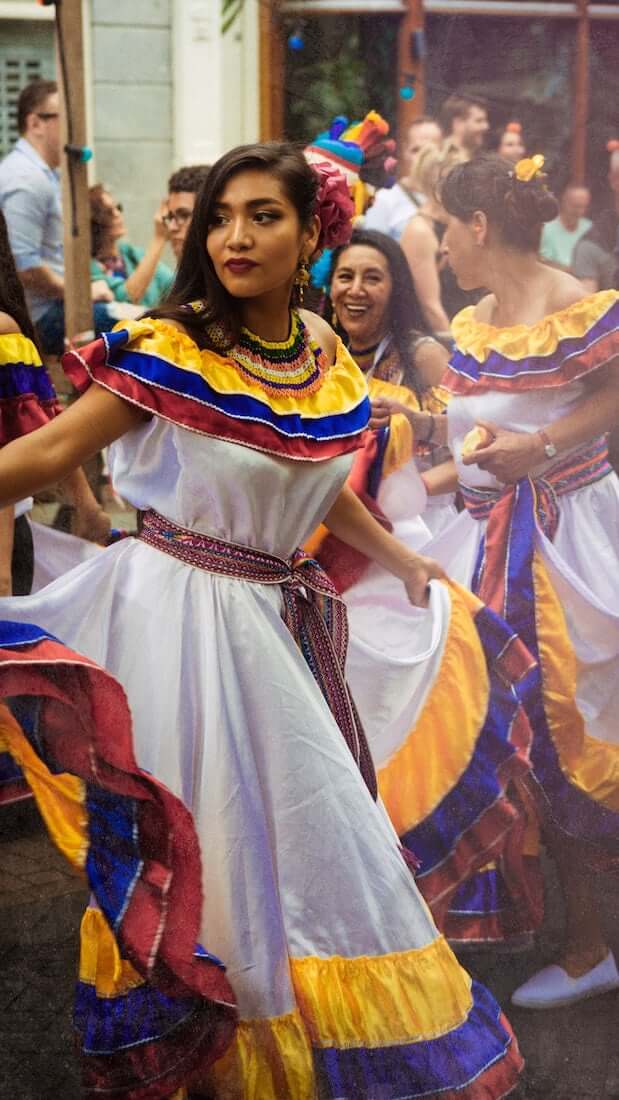
Still A Dangerous Place?
In so many ways Medellin and Colombia remind me of Panama twenty years ago. Progress is coming fast and furious and the population is young and vibrant. I want to see the country and in particular, the city of Medellin, stabilize and explode with growth. I cannot let go of the fact Colombia is a dangerous place. I know the FARC have put down their guns, but the agreement was only reached in November of 2016 and peace is not fully implemented. Cocaine is still king and with that comes guns, violence and death. The peso is volatile and not pegged to anything as stable as the US dollar. There are almost as many people in Medellin (over three million) as there are in all of Panama and there isn’t an engine of money financing infrastructure and social program, the Panama Canal. Who will pay for all of the infrastructure?
Marijuana As An Answer?
One possibility for Medellin and Colombia is the cash crop of marijuana. Colombia has the perfect climate, landscape and geography to cultivate cannibus, not to mention its year-round, near-the-equator growing season.
After the peace treaty with FARC was signed, the Health Ministry legalized medical marijuana. A Canadian-based company, PharmaCielo, with Columbian headquarters located just outside Medellin, received the first license from the Columbian government to manufacture cannabis products. Some fear this will not be good for the small mom and pop growers but the government is promising to pay more than they previously earned illegally. If things don’t go well, there are possible violent ramifications.
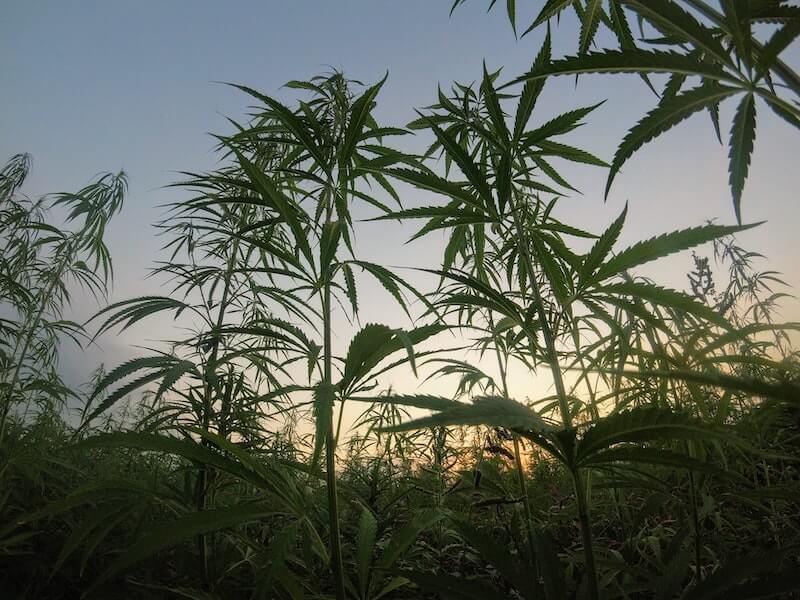
Colombia is attempting to turn its back on being known for civil war and murder and build a modern world with hip restaurants, a vibrant young arts scene with big pharma companies churning out cannabis products faster than coffee. They aren’t there yet. Just this year, 2017, the US Department of State issued a warning about just traveling to Colombia.
“US citizens should exercise caution, as violence linked to domestic insurgency, narco-trafficking, crime, and kidnapping occur in some rural and urban areas. Organized political and criminal armed groups are active throughout much of the country and their methods include the use of explosives and bomb threats in public spaces. Violence associated with the armed groups occurs in rural areas as well as Colombia’s major cities, including in the capital. These groups are heavily involved in the drug trade, extortion, kidnapping, and robbery. Violent crime is a threat throughout Colombia. Kidnapping remains a threat, although U.S. citizens are not specifically targeted. Violent political groups and other criminal organizations occasionally kidnap and hold civilians, including foreigners, for ransom.”
For my part, I am going to hang back and watch Colombia hopefully grow and mature into all the promise it shows. The rent might be inexpensive, along with some of the restaurants, but the violence keeps me at bay before I can embrace the “Medellin Miracle”.


